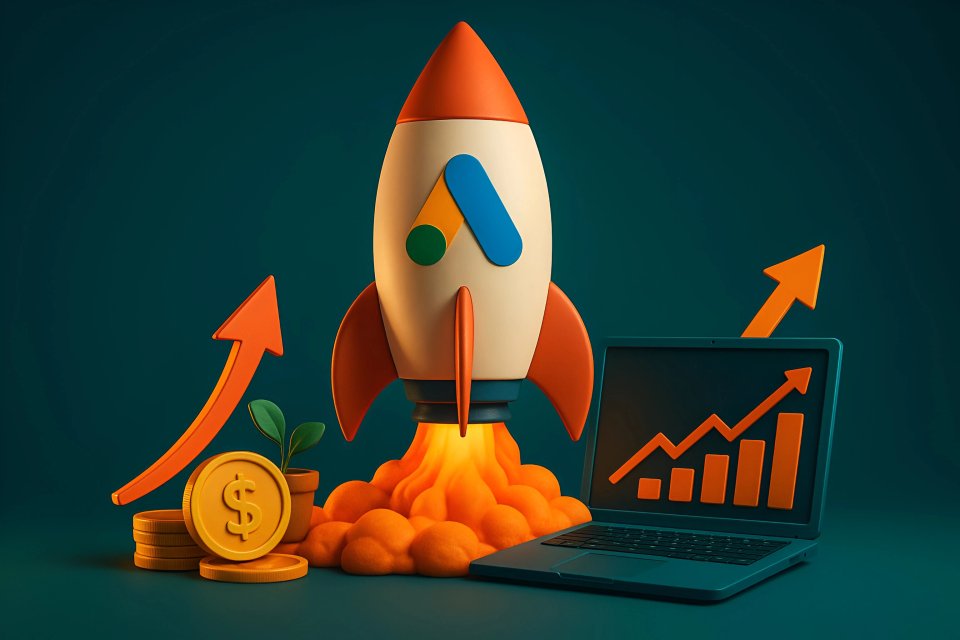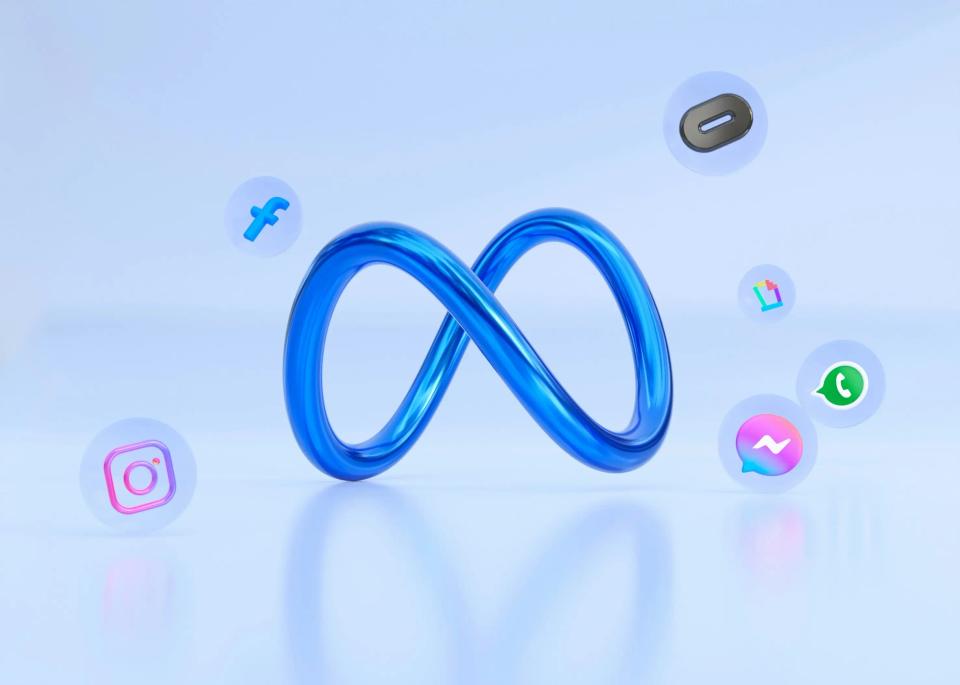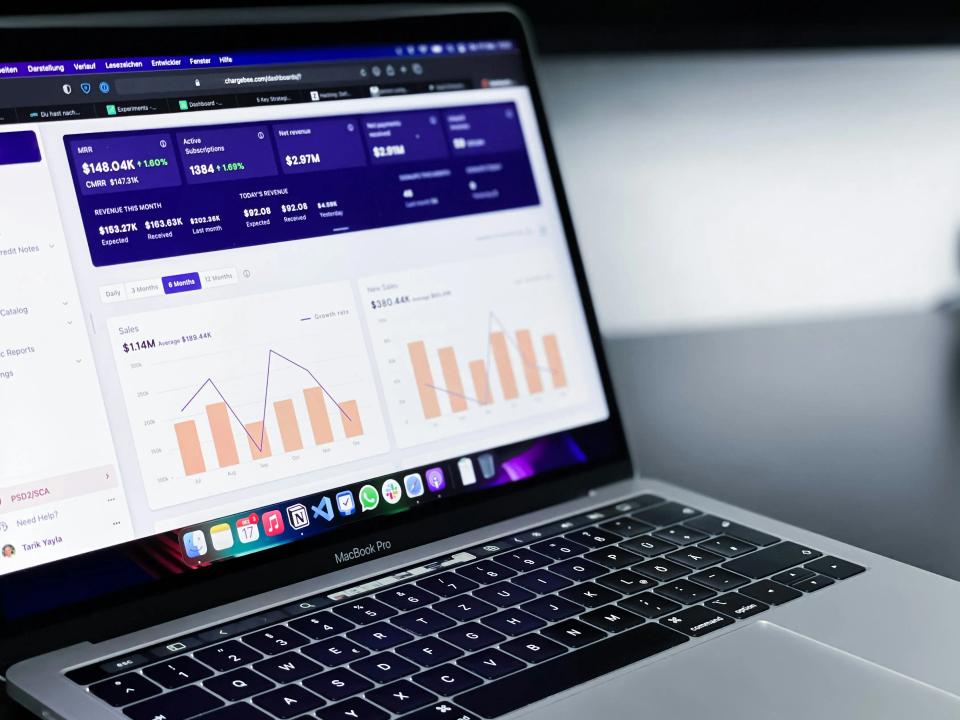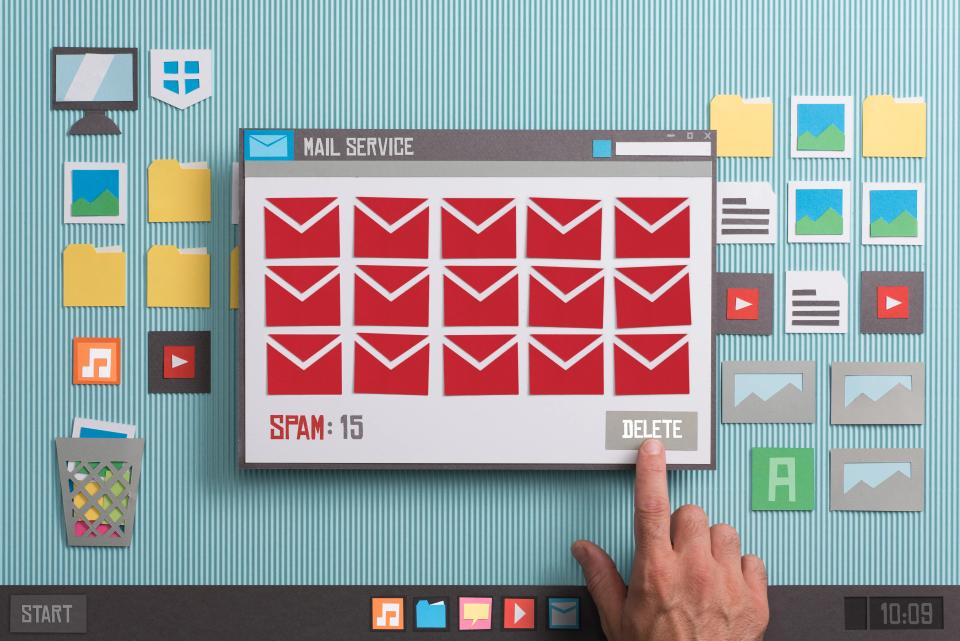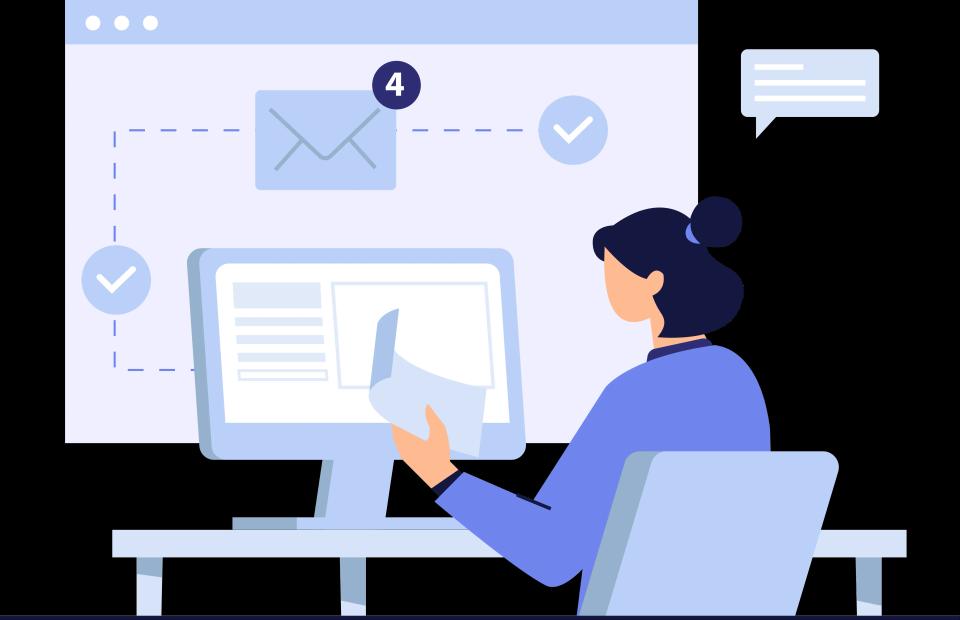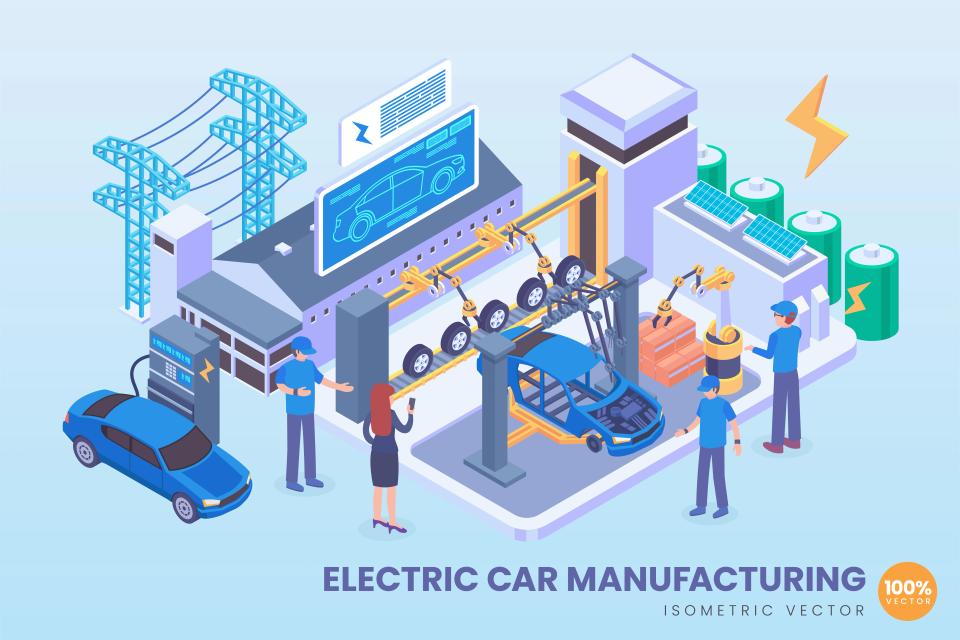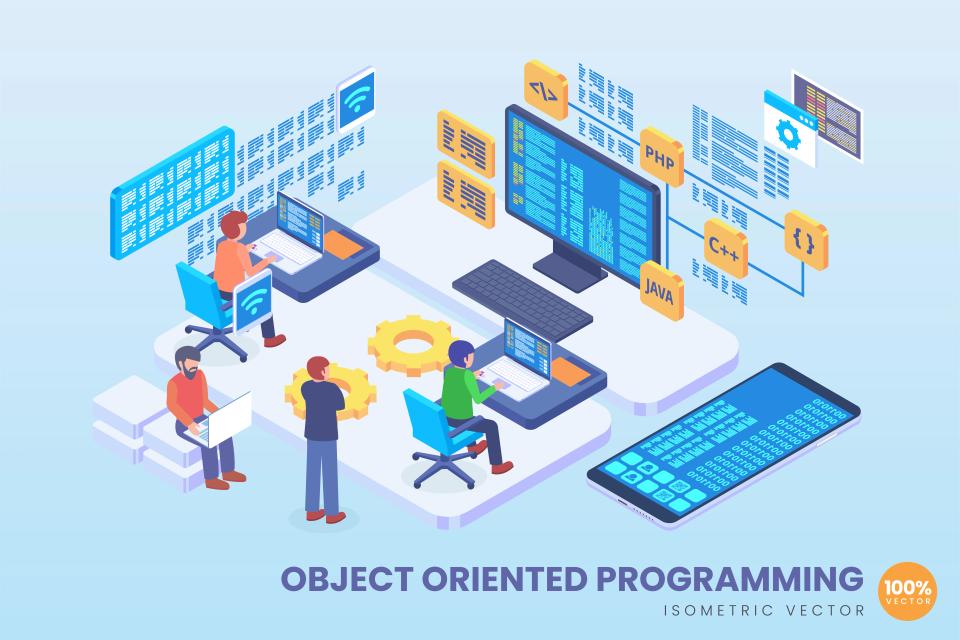So, you’ve poured your heart, soul, and probably your life savings into your startup. You dream big – of disrupting industries, of changing the world, of finally seeing your vision come to life. But then reality hits like a ton of bricks: limited resources, fierce competition, and the deafening silence of an audience that doesn’t even know you exist. How do you cut through the noise and ignite that explosive growth you crave?
You’re likely drowning in a sea of marketing options, each promising the moon, while your budget screams for mercy and the pressure for quick wins mounts. It’s a familiar pain point for founders, that desperate need to make every penny count and show tangible progress, fast. What if I told you there’s a powerful, scalable, and incredibly measurable tool that can put your startup on the fast track, even if you're starting lean?
Enter Google Ads. When wielded with precision and strategy, it’s not just an advertising platform; it’s your direct line to customers actively searching for what you offer. At CaptivateClick, we've seen firsthand how strategic Google Ads campaigns can transform a startup's trajectory from hopeful to unstoppable. In this no-nonsense guide, we’ll arm you with actionable, budget-friendly strategies, A/B testing wisdom, and performance analytics insights to squeeze maximum value from every single ad dollar.
Why Google Ads is a Game-Changer for Startups
Unmatched Reach and Laser-Focused Intent
Imagine having access to an audience of billions, right when they’re looking for solutions you provide. Google processes over 3.5 billion searches daily [1], and Google Ads puts your startup right in front of these active searchers. This isn't about hoping someone stumbles upon you; it's about intent-based targeting, connecting you with users typing in keywords like “affordable CRM for startups,” as highlighted by WordStream's insights on Google Ads [6].
The beauty of this system is its precision. You're not just throwing spaghetti at the wall; you're engaging potential customers at the exact moment they're raising their hands, signaling their need. This direct line to high-intent users means your marketing budget works harder, driving qualified leads straight to your door.
Crystal-Clear Results & Provable ROI
Tired of marketing efforts that feel like a black box? Google Ads offers unparalleled transparency. You can track every click, conversion, and dollar spent in real-time [12], giving you a clear picture of your return on investment. This measurability is a lifeline for startups needing to justify every expenditure.
For instance, strategic campaigns focusing on long-tail keywords and localized ads have enabled startups to achieve a remarkable 200% ROI, as demonstrated by Pearl Lemon's work [8]. Furthermore, Google’s AI-powered tools, such as Smart Bidding, can automate budget allocation to maximize conversions [3], a massive boon for lean teams. This means you can see what’s working, ditch what’s not, and continuously refine your approach for ever-better results.
Turbocharge Your Growth: Speed and Scalability
While organic growth is crucial, it’s often a slow burn. Startups need traction now. Google Ads delivers speed, getting your message in front of potential customers almost immediately. As your startup gains momentum and revenue, you can easily scale your Google Ads efforts to match your growth, ensuring a consistent flow of leads and sales. This agility allows you to respond quickly to market changes and opportunities, keeping you ahead of the curve.
You’re in Control: Budget Flexibility
Worried about runaway advertising costs? Google Ads puts you firmly in the driver's seat. You can start small, setting daily or monthly budget caps that fit your current financial reality, and adjust them as your confidence and cash flow grow. This flexibility is perfect for startups testing the waters or operating on a shoestring budget.
Level the Playing Field
Think you can't compete with the big dogs in your industry? Think again. Google Ads allows savvy startups to go toe-to-toe with larger, more established businesses by targeting niche audiences and specific keywords. It’s not about outspending them; it’s about outsmarting them with focused, relevant campaigns that resonate with your ideal customer.
Laying the Groundwork: Essential Pre-Campaign Setup for Startups
Before you even think about launching your first ad, you need a rock-solid foundation. Skipping this stage is like building a house on sand – it’s destined to crumble. Get these elements right, and you’re setting yourself up for explosive success.
What’s the Win? Defining Clear, Measurable Goals (KPIs)
First things first: what does success actually look like for your startup? Is it a flood of new leads, a surge in sales, a specific number of app sign-ups, or perhaps a boost in brand awareness? Without clear, measurable goals, you’re just shooting in the dark.
You need to set SMART goals – Specific, Measurable, Achievable, Relevant, and Time-bound. For example, instead of "get more leads," aim for "increase qualified leads by 30% within the next 90 days." Google Ads’ robust conversion tracking allows you to link your campaigns directly to tangible business outcomes [3], such as completed lead forms or online purchases, making your progress undeniable.
Know Your Customer: Deep Dive into Your Target Audience
Who are you trying to reach? If you say "everyone," you're talking to no one. You must intimately understand your ideal customer. This means creating detailed buyer personas – semi-fictional representations of your perfect clients, like "Sarah, the overwhelmed small business owner seeking time-saving software."
Dig deep into their pain points, their urgent needs, and critically, their search behavior. What terms are they typing into Google when looking for solutions like yours? Tools like Google Analytics can provide invaluable data on demographics and user behavior, helping you refine these personas, as suggested by LeadOrigin's guide for startups [10].
The Right Bait: Strategic Keyword Research for Startups
Keywords are the lifeblood of your Google Ads campaigns. You need to get inside your customers' heads and bid on the exact phrases they're using. For startups, the sweet spot often lies in purchase-intent and problem-solving keywords.
Don’t underestimate the power of long-tail keywords – longer, more specific phrases like “budget-friendly project management tool for remote teams.” These often have lower competition, meaning lower costs per click, and attract highly qualified searchers. Powerful tools like SEMrush’s Keyword Magic Tool can help identify these high-intent phrases [16] and their search volumes, ensuring you’re fishing in the right ponds.
The First Impression Counts: Optimizing Your Landing Pages for Conversion
This is where so many startups stumble. You can have the most brilliant ad in the world, but if it leads to a confusing, slow, or irrelevant landing page, you’ve just wasted your money. Your landing page must deliver on the promise of your ad.
Ensure there's a clear "message match" between your ad copy and your landing page content; consistency builds trust. A compelling case study highlighted by Fibr.ai showed a 50% surge in conversions simply by aligning ad copy with landing page headlines [18]. Your page needs a crystal-clear value proposition, an irresistible call-to-action (CTA), be fully mobile-friendly, and load lightning-fast (under 2 seconds is the gold standard, as Google Ads emphasizes for good user experience [3]). A well-designed, conversion-optimized landing page is non-negotiable. Our web design and CRO teams at CaptivateClick specialize in crafting these high-performance digital assets.
Budget-Friendly Google Ads Strategies for Lean Startups
Got a tight budget? Don’t sweat it. Google Ads can still be your secret weapon for growth. It’s all about being smart, strategic, and making every dollar scream.
Start Small, Scale Smart: Focus Your Firepower
Resist the urge to conquer the world with your first campaign. Don't try to boil the ocean. Instead, identify your most promising customer segments and the keywords most likely to convert, then focus your initial budget there. Once you start seeing positive results and understanding what works, you can strategically scale up, reinvesting profits into expanding your reach. This methodical approach minimizes risk and maximizes learning.
Cut the Waste: The Power of Negative Keywords
This is one of the most crucial, yet often overlooked, budget-saving tactics. Negative keywords tell Google what searches you don't want your ads to show up for. Think about it: if you sell premium software, you don’t want clicks from people searching for "free software."
Adding irrelevant terms like “free,” “jobs,” or “reviews” to your negative keyword list can save up to 20% of your budget by preventing those costly, irrelevant clicks [15]. In fact, WordStream audits have found that startups using broad match keywords without a robust negative keyword list can waste over $1,000 per month. That’s money that could be fueling actual growth!
Bid Like a Boss: Smart Bidding Strategies for Startups
Google Ads offers a range of bidding strategies, and choosing the right one can significantly impact your budget and results. For startups just dipping their toes in, Manual CPC (Cost Per Click) bidding can offer granular control while you test keywords and understand performance. You set the maximum amount you’re willing to pay for each click.
Once your campaigns have gathered enough conversion data (typically 50+ conversions, according to WordStream's Google Ads advice [6]), you can explore automated bidding strategies like Maximize Conversions or Target CPA (Cost Per Acquisition). These leverage Google's AI to optimize bids for your specific goals, often leading to better performance with less manual effort.
Be There or Be Square: Ad Scheduling & Location Targeting
Why show your ads when your ideal customers are asleep or not actively looking? Ad scheduling allows you to specify the days and times your ads run, maximizing impact. For example, Neil Patel notes that B2B startups often see higher click-through rates (CTRs) on weekdays during business hours (9 AM–5 PM) [4], while e-commerce brands might find evenings and weekends more fruitful.
Similarly, location targeting ensures your ads are only shown to users in specific geographic areas relevant to your business. If you're a local service provider, there's no point paying for clicks from halfway across the country. Local SEO campaigns using radius targeting can slash CPC by as much as 35% [10] compared to broader national campaigns.
Precision Targeting: Utilizing Match Types Effectively
Understanding keyword match types is fundamental to controlling who sees your ads and how much you pay. Broad Match can cast a wide net but may attract irrelevant searches. Phrase Match offers more control, showing your ad for searches that include your keyword phrase in the correct order. Exact Match is the most restrictive, showing your ad only for searches that precisely match your keyword. While Broad Match Modifier (BMM) is being phased out, its concept of ensuring specific keywords are present remains key to effective targeting. Mastering these match types helps you balance reach with relevance, optimizing your spend.
Crafting Ads That Captivate & Convert (The CaptivateClick Touch)
Your ad is your first handshake with a potential customer. It needs to be compelling, clear, and instantly communicate why they should choose you. This is where art meets science, and where the CaptivateClick touch can make all the difference.
Words That Work: Writing Compelling Ad Copy
Your ad copy has mere seconds to grab attention and inspire action. Focus relentlessly on your Unique Value Proposition (UVP) – what makes you different and better? Highlight the benefits for the customer, not just the features of your product or service.
Use strong, clear Calls-to-Action (CTAs) that tell people exactly what you want them to do (e.g., "Get Your Free Quote," "Shop Now & Save 20%"). Incorporate numbers, power words, and directly address the customer's pain points. For instance, Neil Patel suggests that highlighting UVPs like a “30-day free trial” can increase CTR by 25% [4], and using power words like “exclusive” or “instant” often outperforms generic phrases [17].
More Bang for Your Buck: Leveraging Ad Extensions
Ad extensions are your secret weapon for making your ads bigger, more informative, and more clickable – without any extra cost! They allow you to include additional information like links to specific site pages (Sitelinks), promotional offers (Callouts), service lists (Structured Snippets), your phone number (Call Extensions), or your business address (Location Extensions).
These extensions not only provide more value to the searcher but also significantly improve your ad's visibility and Click-Through Rate (CTR). For example, Shopify highlights that Sitelinks can boost CTR by an average of 15% [17], and Google Ads notes that Call extensions can drive 40% more leads for service-based startups [3]. Use them wisely!
A Picture is Worth a Thousand Clicks: The Importance of Ad Creative
If you're running Display or YouTube campaigns, your ad creative is paramount. Your visuals must align with your brand identity, be eye-catching, and instantly convey your message. Remember, you're often competing for attention in a visually crowded space.
Consider how your creative can tell a story or solve a problem. For example, Neil Patel's insights on YouTube ads suggest that problem-solution narratives can achieve 3x higher engagement [7]. Our design team at CaptivateClick understands how to create visuals that stop the scroll and drive action, always emphasizing mobile-first design, as a staggering 60% of Google searches now happen on mobile devices [2].
The Scent of Success: Ensuring Message Match from Ad to Landing Page
Imagine clicking an ad for "delicious vegan pizza" and landing on a page about meat-lover's specials. Confusing, right? This disconnect, known as poor "ad scent," kills conversions.
It's absolutely critical that the message, tone, and offer in your ad are consistently reflected on your landing page. This seamless experience builds trust, reassures the visitor they're in the right place, and significantly improves your Quality Score – Google's rating of the quality and relevance of your keywords and PPC ads. A strong ad scent leads to happier users and better campaign performance.
A/B Testing & Performance Analytics: Your Path to Continuous Improvement
Want to truly master Google Ads and unlock explosive growth? Then you need to embrace a mindset of relentless testing and data-driven iteration. This isn't a "set it and forget it" game; it's about constant learning and optimization.
The Growth Hacker’s Mantra: Test, Learn, Iterate
"Growth hacking with Google Ads" means treating your campaigns like a series of experiments. Formulate a hypothesis (e.g., "Using a question in my headline will increase CTR"), test it, analyze the results, and then iterate based on what you’ve learned. This continuous feedback loop is what separates thriving campaigns from stagnant ones. Don't be afraid to try new things and challenge your assumptions.
What to Put Under the Microscope: Key Elements for A/B Testing
So, what exactly should you be A/B testing? Start with the elements that can have the biggest impact on performance. This includes different ad headlines, varying descriptions, and compelling Calls-to-Action.
Don't stop at the ad itself. Test different elements on your landing pages using tools like Google Optimize. This could be anything from the page headline and hero image to the form layout and button color. Even seemingly small changes can lead to significant uplifts in conversion rates; for instance, Netpeak's guide on Google Optimize shows that startups using dynamic headlines in A/B tests increased conversions by 18% [19]. You can also experiment with bidding strategies and audience targeting to find the optimal mix.
Your Dashboard to Success: Key Metrics to Track for Startups
You can't improve what you don't measure. Keep a close eye on these key performance indicators (KPIs):
- Click-Through Rate (CTR): The percentage of people who see your ad and click on it. Industry benchmarks vary, but SaaS startups often average a CTR of 2–3% [6].
- Cost Per Click (CPC): How much you pay for each click.
- Conversion Rate: The percentage of clicks that result in a desired action (e.g., a sale, a lead).
- Cost Per Acquisition (CPA): How much it costs you to acquire one customer or lead. This is a critical metric for profitability.
- Return on Ad Spend (ROAS): The revenue generated for every dollar spent on advertising. Many startups aim for a 4:1 ROAS by diligently excluding non-converting keywords [12].
- Quality Score: Google's rating of your ad quality and relevance. A higher Quality Score (above 7) can reduce your CPC by as much as 22% [16], so it pays to optimize!
Unlocking Insights: Using Google Ads Reports & Google Analytics
Google Ads provides a wealth of built-in reports, but the real magic happens when you link it with Google Analytics. This integration allows you to see what happens after the click. You can identify your top-performing keywords, ads, and campaigns, and crucially, understand user behavior on your site.
Are visitors bouncing immediately? Which pages are they visiting? Where are they dropping off in the conversion funnel? These insights, as detailed in resources like Netpeak's A/B testing guide [19], are invaluable for identifying areas for improvement and optimizing the entire customer journey, not just the ad click.
Advanced Tactics for Scaling Startup Growth (Once Basics are Mastered)
Once you’ve nailed the fundamentals and your campaigns are humming along, it’s time to explore more advanced tactics to pour fuel on the fire and truly scale your startup’s growth. These strategies can help you reach new audiences, re-engage past visitors, and gain a sharper competitive edge.
Don't Let Them Get Away: The Power of Remarketing/Retargeting
Did you know that most website visitors don't convert on their first visit? That's where remarketing (or retargeting) comes in. This powerful tactic allows you to show targeted ads to people who have previously visited your website but didn't complete a desired action, like making a purchase or filling out a form.
By staying top-of-mind with tailored messaging, you can gently nudge these warm leads back towards conversion. It's incredibly effective; for example, remarketing campaigns can help recover as much as 15% of abandoned carts [7]. This is low-hanging fruit you can't afford to ignore.
Finding Your Tribe: Advanced Audience Targeting
Beyond keywords, Google Ads offers sophisticated audience targeting options to help you reach highly specific groups of people. You can create Custom Audiences based on your email lists or website visitor data, allowing you to target people who already know your brand.
Explore In-Market Audiences to reach users actively researching products or services similar to yours (e.g., "Small Business Software"). Affinity Audiences help you connect with people based on their broader interests and lifestyles. Leveraging these advanced audience segments can dramatically improve campaign relevance and efficiency, with Google's own programs showing In-Market audiences can yield a 50% lower CPA than broad targeting [9].
Spy on the Competition (Ethically!): Competitor Analysis in Google Ads
Want to know what your competitors are up to in the Google Ads arena? You can (and should!) learn from their strategies – both their successes and their mistakes. Manually searching for your main keywords will show you who’s bidding and what their ad copy looks like.
For deeper insights, tools like SEMrush’s Advertising Research tool can reveal competitors’ top keywords, estimated ad spend, and even their ad copy history [16]. This intelligence can inform your own keyword selection, bidding strategies, and ad creative, helping you find gaps in the market or opportunities to differentiate your offering.
Common Google Ads Pitfalls for Startups (And How to Avoid Them)
Navigating the world of Google Ads can be tricky, especially for startups with limited experience or resources. Many fall into common traps that drain budgets and deliver disappointing results. Forewarned is forearmed – here’s what to watch out for:
One of the biggest mistakes is the "set it and forget it" mentality. Google Ads campaigns require ongoing monitoring and optimization. Another frequent blunder is using overly broad keywords, which attract irrelevant clicks and waste money. Hand-in-hand with this is neglecting negative keywords; as one SaaS startup found, adding over 50 negative keywords reduced their wasted ad spend by a significant 30% [15].
Sending perfectly good ad traffic to a generic homepage or a poorly optimized landing page is another classic error. Remember, A/B tests have demonstrated that personalized landing pages can improve conversions by a staggering 40% [18]. Furthermore, with the majority of searches happening on mobile, failing to optimize for mobile is a critical oversight, as 70% of startups reportedly neglect this, leading to bounce rates increasing by 35% [2]. Finally, inaccurate conversion tracking means you’re flying blind, and spreading your budget too thinly across too many campaigns initially will dilute your impact and make it harder to see what’s truly working.
Conclusion: Fast-Track Your Growth with Optimized Google Ads
Let's be blunt: growing a startup is tough. But you don't have to go it alone, and you certainly don't have to rely on guesswork. Google Ads, when managed with strategy, precision, and a relentless focus on optimization, is an undeniably powerful lever for catapulting your startup towards its growth ambitions. It offers a direct path to customers who are actively searching for what you provide, delivering measurable results and scalable success.
The journey to Google Ads mastery is one of continuous learning. It demands consistent testing of your ads and landing pages, diligent analysis of your performance data, and the agility to adapt your strategies based on what the numbers tell you. From defining crystal-clear goals and deeply understanding your audience to crafting compelling ad copy and leveraging advanced targeting, every step matters.
Ready to stop guessing and start growing? If you're serious about transforming your startup's trajectory and achieving real, sustainable growth, then it's time to get serious about Google Ads. The experts at CaptivateClick live and breathe this stuff. We can help you design, implement, and meticulously optimize Google Ads campaigns that don't just spend money, but make money for your startup. Contact us today for a free consultation, and let's map out your startup PPC strategy for explosive growth!
FAQ
Q: How much budget do I really need to start with Google Ads?
A: You don't need a king's ransom! Many startups find success by starting with a modest budget of $10–$20 per day [10]. The key is to focus this initial spend on a small, highly targeted set of 5–10 high-intent keywords to gather data and learn what works.
Q: How long does it actually take to see results from Google Ads?
A: You'll start seeing initial data like impressions and clicks within the first 1–2 weeks. However, to gather enough data for reliable optimization and to truly understand performance trends, Neil Patel suggests allowing 3–6 months [4]. Patience and consistent effort pay off.
Q: Can I run Google Ads myself, or should I bite the bullet and hire an agency?
A: While it's possible to manage Google Ads yourself, there's a steep learning curve. Agencies like CaptivateClick bring specialized expertise, access to advanced tools, and a deep understanding of best practices, which can significantly shorten your path to profitability and help you avoid costly mistakes, a benefit often highlighted by programs like Google's own Ads Support for Startups [9]. For startups serious about rapid growth, partnering with experts is often the smartest investment.

